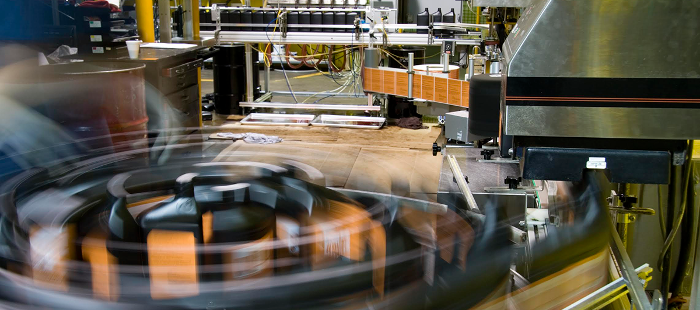
Motion control is nothing new. It is part of our modern everyday lives. However, the more recent combination of motion control tech along with automation is changing the manufacturing industry in more significant ways than ever. As more companies race to cut costs and streamline their processes, especially with the uncertainty of Brexit looming, this technology is more relevant and innovative than ever.
Here are a few ways motion control is improving manufacturing.
Robotics is fuelling further automation
Motion control is essentially what it says it is, the control of moving parts, usually in an automated process. In a normal system, motion control functions would include controlling velocity, point-to-point movement, electromagnetic gearing, impedance control (such as in robotics), and pressure or force control. It achieves this by controlling physical devices, such as an electric motor or hydraulic pump.
With companies scrambling to cut costs and meet evolving customer demands, robotics is proving to be a popular way to cut costs and increase efficiency without any of the traditionally associated downsides.
The increasingly advanced robotics technology available means we are seeing a greater number installed in warehouses and manufacturing facilities. With equally advanced motion control systems behind them, they are now capable of completing far more tasks. Progressive companies, like Amazon, are actively trying to increase the role of robots in their warehouses and manufacturing facilities.
Motion control and robotics are becoming an increasingly important part of the medical industry. The applications range from bionic prosthetics to mechanical valves. Each year the market share of robotics in the medical industry, and therefore the number of associated jobs, increases.
As investment increases and the need to cut costs grow, automation and motion control is forecast to grow considerably by the year 2022.
Market forces are shaping the future
Manufacturers need fast and reliable development cycles and greater customisation while cutting costs. Achieving greater efficiency and providing a more comprehensive and better service is traditionally contradictory to the cost-cutting aspect. However, new and innovative technologies are facilitating just this.
Motion control systems are allowing businesses to make considerable savings on their operational costs, such as power consumption. It also reduces downtime and the level of inventory required. Automation is also much safer than traditional manufacturing, which increases productivity further.
Motion control serves industrial needs
Motion control allows the innovative and disruptive developments in robotics to be flexible, user-friendly, productive, and safe. This all leads to streamlined operations and lower costs, the Holy Grail for all manufacturers.
Will the applications become even more far-reaching than what we are already seeing? Almost certainly. Automation is being applied in new ways every year, and we don’t expect new developments to slow down any time soon. Expect to see fully automated warehouses and manufacturing processes become a more common occurrence.
Overall, motion control is allowing manufacturers to become quicker, more efficient, and leaner. It will ensure the industrial and manufacturing sector continues to meet the demands placed upon it by market forces.
